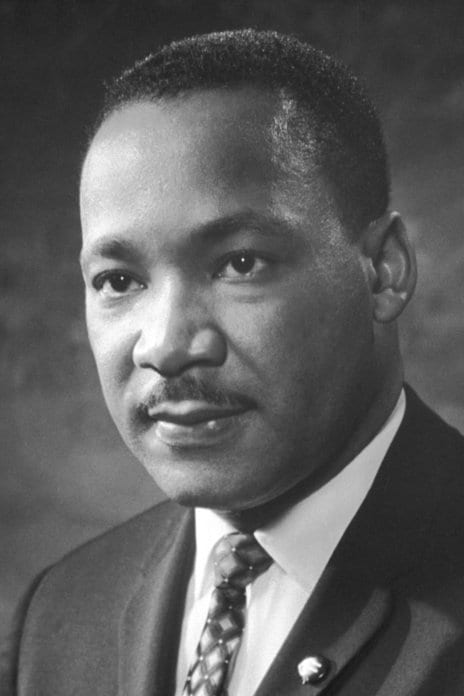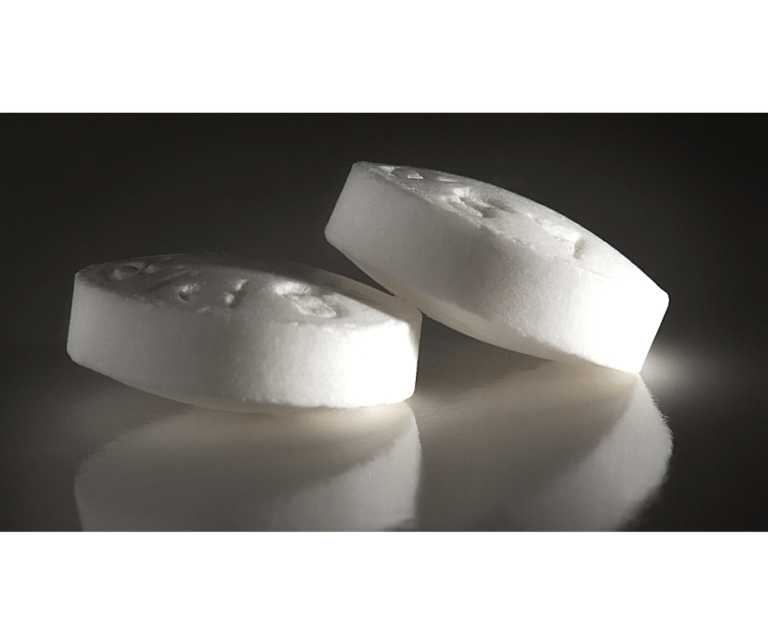By d-mars.com News Provider
When COVID-19 reached the U.S. a year ago, physician anesthesiologists rose to the challenge, providing critical frontline care to seriously ill patients, while at the same time developing guidelines for safe care based on ever-evolving knowledge about the deadly virus. Now, as vaccine distribution ramps up and the virus surges again, physician anesthesiologists continue to lead the way to ensure patients receive vital health care such as elective and essential surgery safely — even if patients have tested positive for COVID-19.
“Physician Anesthesiologists Week provides an opportunity to reflect back on a year like no other,” said Beverly Philip, M.D., FACA, FASA, president of the American Society of Anesthesiologists (ASA). “Nationwide, we have put our lives on hold to care for critically ill patients, while renewing our commitment to transforming health care for the better.”
Providing expert guidance to improve care
Since March, the ASA has released more than 20 COVID-19-related statements or recommendations, from guidance on wearing facemasks in public and the most efficient use of personal protective equipment (PPE), to minimizing medication waste and COVID-19 testing before surgery. For example, ASA has joined with other organizations to strongly encourage the public to wear masks — which is vital as we fight the latest surge — as well as continually revised guidelines to ensure elective and essential surgeries are safe.
Inevitably, people who have tested positive for COVID-19 will need elective surgery and ASA’s latest guidance recommends how to proceed safely. The ASA and Anesthesia Patient Safety Foundation (APSF) note that elective and essential surgeries can safely proceed in patients who have recovered from COVID-19 infection when the physician anesthesiologist and surgeon or proceduralist agree jointly to proceed, using the following wait times:
- Four weeks if a patient had no symptoms or has recovered from only mild, non-breathing-related symptoms.
- Six weeks for a patient who had symptoms such as cough or difficulty breathing, but who was not hospitalized.
- Eight to 10 weeks for a patient who had symptoms and has diabetes or is immunocompromised, or hospitalized.
- Twelve weeks for a patient who was admitted to an intensive care unit for COVID-19 infection.
Delivering life-saving care during a challenging year
Highly skilled to provide safe anesthesia care during surgery and make critical decisions in emergency situations, physician anesthesiologists are made for moments like when the pandemic hit, stepping up to provide critical care for the sickest patients, from performing intubations to directing ventilation strategies.
Physician anesthesiologists, from hospitals that weren’t experiencing a surge, volunteered as critical care physicians in areas hardest hit last spring, such as New York City and New Orleans. Thousands stepped up, such as Scott Roethle, M.D., FASA, who took three weeks “vacation” from his Missouri hospital to volunteer in New York City and Dennis Gray, M.D., who took a leave from his Atlanta hospital to work nights on a COVID-19 unit in Brooklyn, recalling the nightly cheers of encouragement from city dwellers that would get him through his exhaustion as he walked home in the morning.
Now, as the pandemic surges again throughout the country, physician anesthesiologists continue to lead their health care centers and institutions in developing best practices and collaborate with one another across the country to find solutions to help patients win the battle against the virus. As leaders in the operating room, and partners in leading critical care, the actions of physician anesthesiologists in U.S. health care have helped save hundreds of thousands of lives.
Source: BPT








